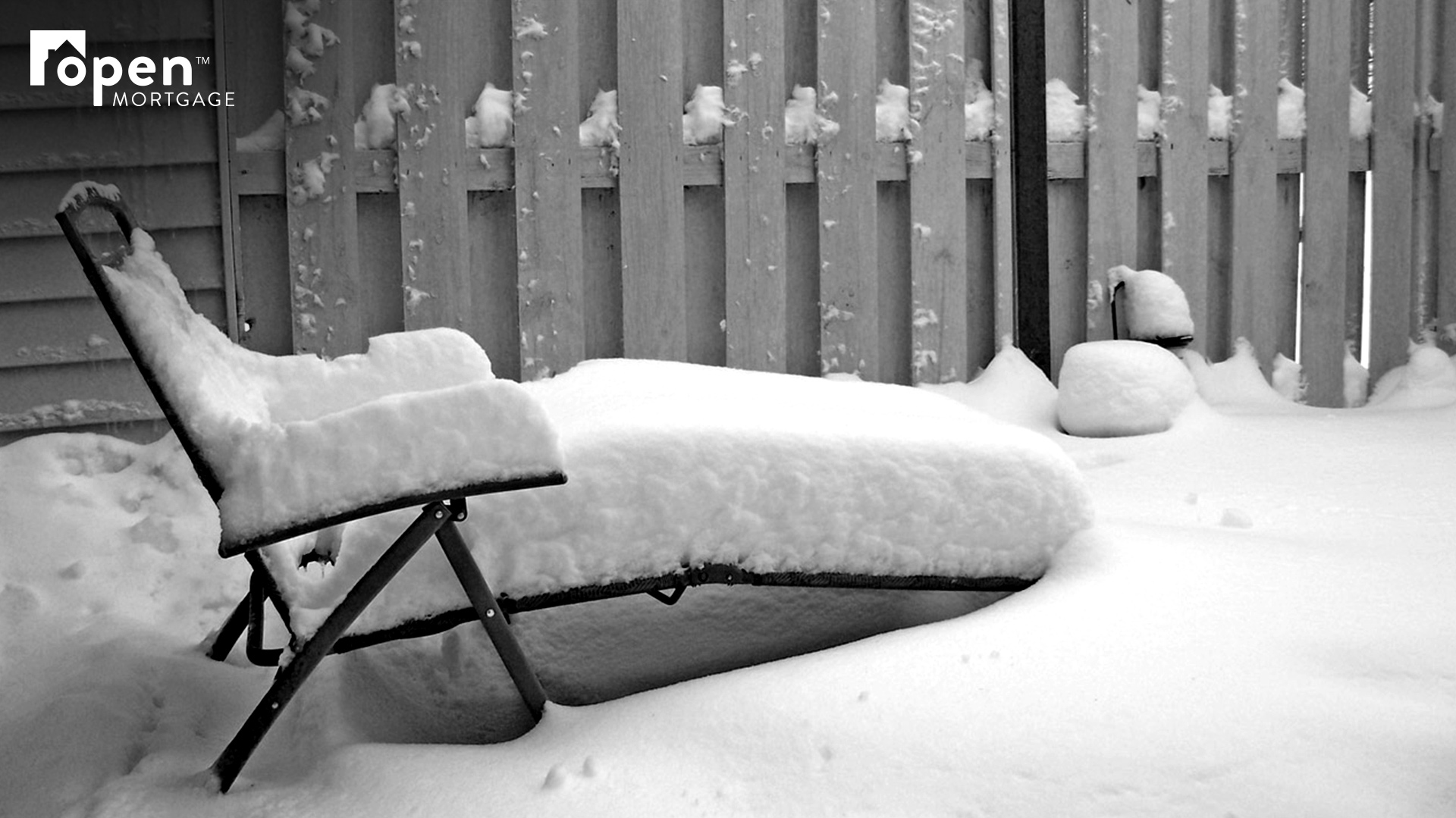
Four Ways to Protect Your Home During Extreme Cold Weather
Winter is here, and so are arctic weather blasts!
With a massive cold front stretching across the United States during the first week of 2017 (and several months of cold weather remaining), it’s critical to protect your home during extreme cold temperatures.
Here are four ways to do this:
Protect your pipes
When temperatures drop significantly below freezing (32°F / 0°C), pipes in your home can freeze and burst. This is caused by increasing pressure inside the pipe (rather than ice expanding, as is commonly believed).
The pipes with the greatest risk of bursting are in unheated portions of your home, such as attics, crawl spaces, and garages. You can help prevent pipes from bursting by letting water trickle out of faucets and opening cabinet doors under sinks (this is especially important if you’ll be away from home for an extended timeframe during winter). You can also insulate vulnerable pipes with fiberglass or foam sleeves.
Prevent ice dams from forming
While getting on your roof during a cold blast isn’t fun or easy, it’s important to make sure your gutters are clear and free from debris. When a gutter becomes clogged from debris, water that flows in during the day can freeze at night—this is known as an ice dam. Ice dams can force water under your roofline and cause damaging leaks that cost thousands of dollars to repair.
You can also prevent ice dams by keeping your roof cold. This helps snow on roofs disperse without forming melting water that freezes in gutters. The best way to keep your roof cold is preventing warm air from passing into the attic from your house (through insulation and sealing gaps that let warm air into the attic). Your attic should also be ventilated, so that any warm air introduced into it quickly escapes.
Make sure your storm drains are unclogged
Keep an eye on drains outside your home to make sure they aren’t clogged with debris (and clear them if they are). Clogged storm drains can cause melted snow to travel underneath your home’s base and basement, causing flooding and damage.
Keep your stairs and home entry path as clear as possible
So you can easily come and go, spray an ice repellent solution on your steps and entry path before freezing weather arrives (if possible). You can also use rock salt, sand, or clay-based kitty litter on icy entry paths, sidewalks, and driveway to make walking safer.
Simple steps can help protect your home during extreme cold
In the middle of an arctic weather blast, it’s not easy to protect your home from the cold. So keep an eye on your weather forecast and perform these steps before extreme cold arrives. You can also help prevent winter damage by making home improvements and upgrades during the warmer months. For more information on protecting your home in extreme cold weather, visit the Today’s Homeowner website.





